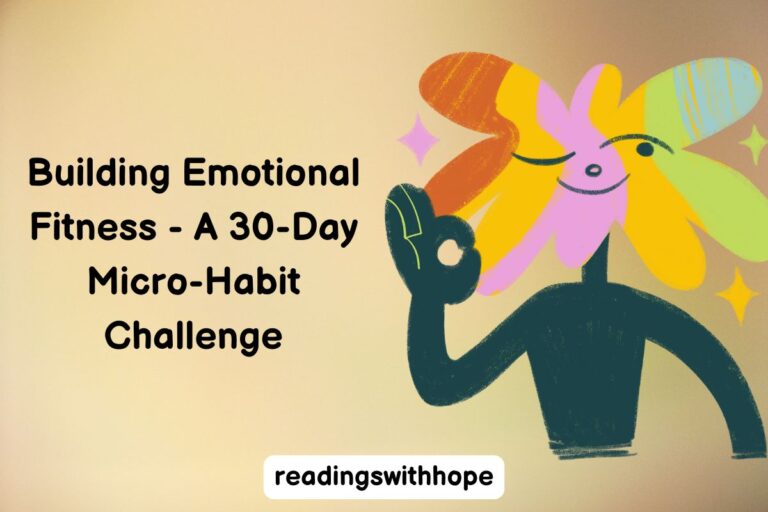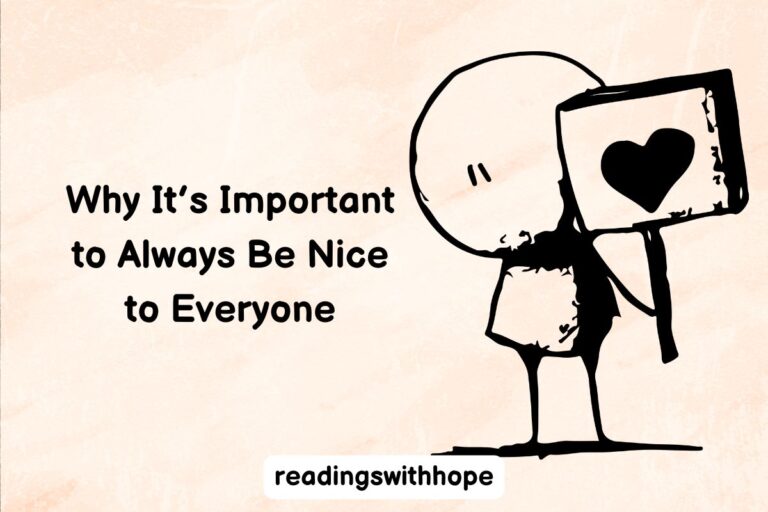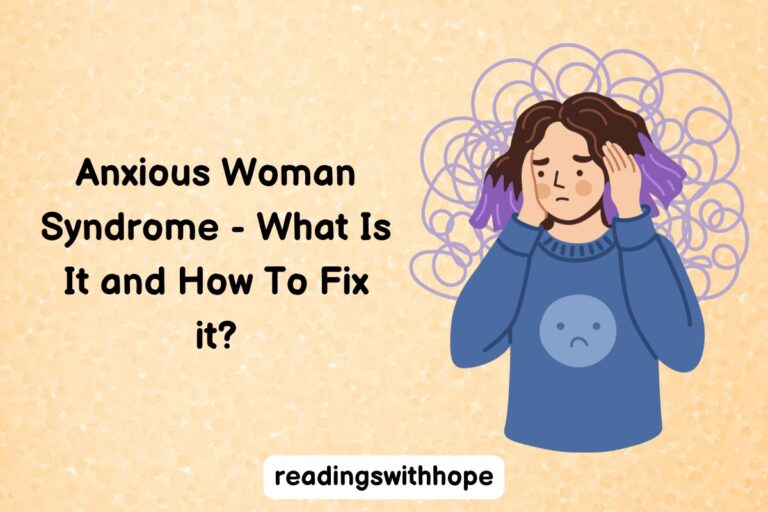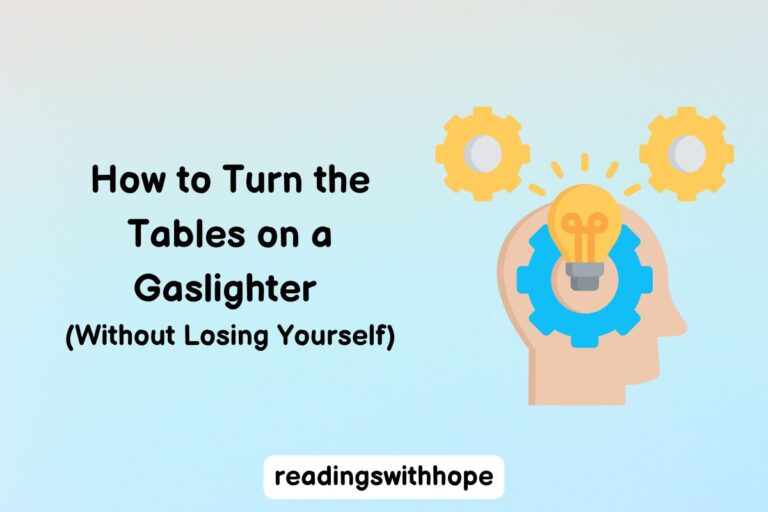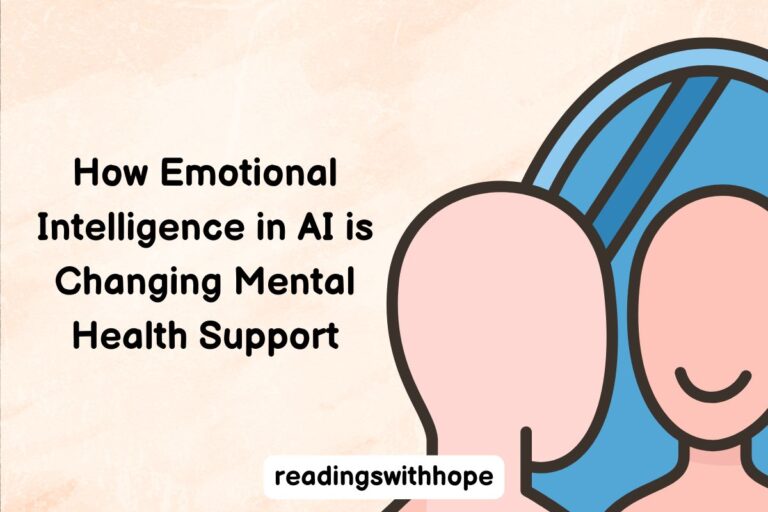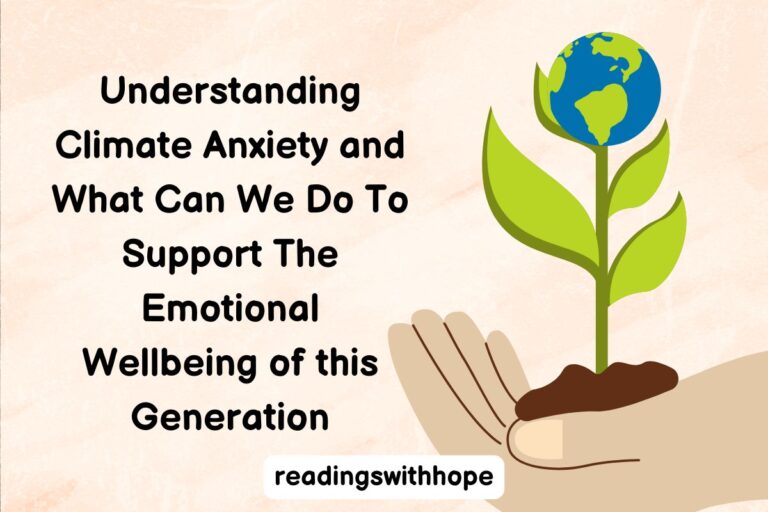How Emotions Reshape Neural Networks in Real Time
“Fear rewires your brain” sounds like clickbait.
But when you dig into the real-time dynamics we’re seeing in new fMRI work, especially with dynamic functional connectivity, that phrase holds a surprising amount of truth.
Traditionally, we’ve thought of fear as activating a fixed set of regions—the amygdala lights up, the prefrontal cortex dampens things down, case closed. But that view misses the sheer fluidity of what’s going on.
When someone perceives a threat, networks reconfigure in real time. Connections between the amygdala and salience hubs like the anterior insula ramp up. Meanwhile, coupling between the ventromedial PFC and default mode areas starts to drop off.
It’s not just about “more activation” here or there. It’s about who’s talking to whom, and how fast those conversations pivot. And that, to me, is where the field’s getting really exciting—and way harder to model than we used to think.
How to actually see these shifts as they unfold
Watching fear change the brain from the inside
We’ve always known the brain is plastic, but plasticity on a moment-by-moment basis? That’s something fMRI wasn’t really built to capture—at least not until sliding window analyses and dynamic functional connectivity (dFC) came into play. And this is where it gets wild.
Imagine you’re watching someone about to receive a mild electric shock in a lab. Their amygdala ramps up, sure—but within seconds, connectivity between the amygdala and the anterior insula strengthens dramatically. That’s the salience network getting its act together.
At the same time, connections between the default mode network (DMN) and medial prefrontal cortex start to decrease.
The brain is reallocating resources to deal with immediate threat. This isn’t a region-specific spike—it’s a network-level pivot.
One study I found particularly telling used a threat-of-shock paradigm with time-resolved fMRI. They showed how fear cues modulate amygdala–PFC coupling across ~30-second epochs. And here’s the kicker: the most anxious participants had more rigid networks—they didn’t flex back as easily post-threat. That flexibility (or lack thereof) might actually be the biomarker we’ve been missing in anxiety disorders.
What neurofeedback tells us about this dance
Now bring in neurofeedback. I’m obsessed with how researchers are using real-time fMRI neurofeedback to train people to control these same circuits.
There was this study where participants saw a live readout of their own amygdala activity while recalling stressful events. Over time, some of them learned to reduce the signal on command. But the real story was in the connectivity.
As they improved, their amygdala–dmPFC connectivity increased, suggesting better top-down control. But more interestingly, the feedback group also showed increased coupling between the hippocampus and ventromedial PFC, hinting at more effective emotional memory regulation.
That’s not something you’d pick up with static contrasts alone. You need dFC for that nuance.
What this shows is that training doesn’t just affect activity—it reshapes communication patterns, and in surprisingly fast windows.
And yes, these are lab scenarios, but they mirror what might be happening naturally during therapy, exposure, or even day-to-day resilience building.
Visualizing the brain’s shifting alliances
Here’s how I’ve started thinking about visualizing these effects, especially when I need to explain them beyond just words:
Time-based activation overlay
You can take trial-level BOLD signals—say, amygdala vs. mPFC—and overlay them to show how their timing diverges during fear onset, peak, and down-regulation.
You almost always see a lag where the PFC activation catches up as regulation kicks in. That temporal mismatch is everything in understanding fear dynamics.
Functional connectivity heatmaps
I love a good 3×3 matrix—pre-threat, during threat, post-threat—with color-coded strength values. It’s so satisfying (and terrifying) to see how much connectivity can flip in just 15 seconds. These snapshots make it easy to grasp which connections ramp up or break down under stress.
Graph-based network animation
Static graphs are fine, but animation reveals the story: nodes representing the amygdala, insula, ACC, PFC—edges thickening or thinning based on strength of coupling over time. Watching the salience network bulk up while DMN edges collapse gives you a visceral feel for what’s going on.
Before vs. after neurofeedback training
Same person, different day. One session with zero control over the amygdala; another after feedback training, showing stronger PFC engagement and tighter regulatory loops. This kind of visualization speaks volumes, especially when showing outcomes to skeptical clinicians or funders.
Why this matters beyond the scanner
Okay, all of this is cool in theory, but what do we actually do with it? For starters, it means we need to think differently about what constitutes “fear regulation.” It’s not just a matter of activating one inhibitory region. It’s about network flexibility, adaptability, and the brain’s ability to re-route communication channels under stress.
We’re not quite at the point where we can predict someone’s panic attack by watching their dFC graphs—but we’re inching closer. And I genuinely believe that next-gen treatments, whether they’re neurofeedback-based, pharmacological, or psychotherapeutic, will hinge on changing the flow, not just the volume, of brain activity.
That idea—that emotion isn’t just a surge, but a reorganization—has been the most mind-bending shift for me in the past year. It feels like we’re not just studying emotions anymore. We’re watching the brain re-architect itself in real time. And that changes the game.
What these visuals are really telling us
Not all brains flex the same way
So let’s say you’ve got those gorgeous time-series overlays, connectivity heatmaps, and graph animations laid out. Great. But what are they really telling us, beyond “fear changes stuff fast”? This is where I think things start to get juicy, especially if you zoom in on inter-individual differences.
Take that connectivity dip between the medial PFC and DMN during threat. In some participants, it’s steep and sharp—a clean “cut the rumination and focus” move. In others, it’s blunted or lagged. That difference isn’t noise. It’s neurobiologically meaningful.
I saw one dataset comparing high trait-anxiety individuals to low ones during an emotional face matching task. Both groups activated the amygdala, sure. But only the low-anxiety group showed transient increases in dorsal ACC–PFC coupling during the regulation window. The high-anxiety folks? Their connectivity either stayed flat or, worse, fragmented. That’s not just a deficit—it’s a fingerprint.
And this opens a door. What if we can map emotional reactivity not just by amplitude, but by network trajectory? Like, are you a “snap back” kind of brain or a “linger and loop” type? That’s the level of insight these visual tools can start delivering, especially when we compare across time or clinical populations.
Trait, state, and training—why it all blends together
Let’s be honest, it’s tempting to treat these connectivity changes as either state-dependent (you’re afraid right now) or trait-driven (you’re just anxious, period). But in real brains, those lines blur constantly.
I love this study that tracked participants over a three-week fear extinction training regimen. In the first week, their amygdala–hippocampus connectivity during CS+ trials was through the roof. But as the sessions went on, that connection dampened, and PFC–vmPFC coupling took over—a classic shift from reactive fear to consolidated regulation.
But here’s the kicker: some people didn’t shift. Their networks got stuck in a “fear mode” despite repeated exposure. No change in connectivity trajectory. Those individuals ended up reporting higher fear ratings even at the end of training.
So what do we call that? A state failing to update? A trait overriding training? Maybe both? Whatever the answer, these visuals make that breakdown visible, and that alone is a huge step forward for diagnostics.
The importance of when, not just what
One thing I’ve started obsessing over is latency—how long it takes for these networks to reconfigure. Because often it’s not whether someone’s brain adapts, but how quickly.
In one real-time fMRI study, subjects viewed emotionally ambiguous faces and were tasked with labeling them as “safe” or “threat.” The researchers measured the onset time of regulatory coupling between dlPFC and amygdala. Low-reactive individuals showed a coupling boost within 6–8 seconds. High-reactive folks took over 12 seconds—or sometimes not at all.
That 4–6 second delay might sound minor, but it can mean the difference between feeling fear and getting hijacked by it. And we can now quantify that. I find that incredibly powerful.
Allostatic regulation in the wild
We’ve talked a lot about labs, but these dynamics don’t just happen in a scanner. In fact, I think one of the big wins with these kinds of visuals is they help us frame naturalistic fear episodes—panic attacks, test anxiety, even public speaking—as failures (or successes!) in dynamic network switching.
The goal isn’t “no amygdala activation.” That’s a myth. The goal is fast, flexible re-routing—can your brain activate salience networks, recruit cognitive control, and shut down maladaptive loops in time? If your default connectivity is brittle, it’s going to snap under pressure. These fMRI visualizations are helping us see that before the snap happens.
From maps to models
Where I think we’re headed next is building computational models that don’t just describe the snapshots, but predict the transitions. Imagine being able to simulate how a person’s brain might respond to future fear stimuli based on their current network dynamics. That’s not just neat—it’s clinically actionable.
And yes, this gets messy. We’ll need better priors, more cross-subject generalization, and a lot more data. But if we get it right, we’re not just watching fear happen. We’re learning to anticipate it, intercept it, maybe even rewire it. That’s the next frontier, and I’m all in.
Why this shifts how we treat fear and emotion
Rethinking treatment from the bottom up
So here’s the big shift: instead of treating fear like a “bad signal” to be suppressed, we start treating it like a dynamic communication problem. And that changes how we think about treatment.
In CBT, we talk about exposure as a way to reduce amygdala overactivation. But what if we start framing it as training the brain to flexibly rewire—to shift networks faster, more effectively, and with less cost? That’s something you can measure, reinforce, and maybe even optimize in real time.
I’ve seen early neurofeedback trials where participants with PTSD trained on regulating their insula–PFC connectivity. After eight sessions, they not only reported less re-experiencing but showed faster prefrontal engagement in follow-up scans. That’s a mechanistic win, not just a behavioral one.
Building emotional fluency with tech
This is where I get especially excited: if emotion is a network phenomenon, then tools that visualize and modify networks can actually build emotional intelligence—not just for patients, but for everyone.
Imagine a real-time fMRI-based training game where your goal isn’t to “stay calm,” but to shift from one network to another based on changing input. It’s like emotional CrossFit for your brain. That sounds sci-fi now, but we’re halfway there.
In fact, there’s already work on closed-loop systems that deliver feedback when salience network activity spikes. The user learns—subconsciously or not—to steer their own network configuration. The emotional impact of that kind of control? Massive.
A new kind of diagnosis
Let’s talk diagnostics for a second. Traditionally, we’ve diagnosed anxiety or PTSD based on symptoms: hypervigilance, avoidance, intrusive memories. But what if we could diagnose based on connectivity inflexibility? Or a consistent delay in regulatory network engagement?
I’ve seen papers suggesting we could derive “emotion reconfiguration scores” from fMRI sessions. That’s next-level specificity. It would let us see when someone’s brain is stuck in a fear loop—even before their behavior makes it obvious.
That doesn’t just help with early intervention. It helps with tailoring interventions. Why prescribe the same protocol to someone with a fast-reactive but flexible brain as you would to someone whose networks barely budge? We’re entering an era where precision psychiatry isn’t just a buzzword—it’s an emerging reality.
Big hurdles, big payoff
Now look, I get it. Real-time fMRI is expensive. Neurofeedback protocols are inconsistent. Interpreting dynamic connectivity is like trying to make sense of spaghetti in motion. But here’s the thing—we’re finally starting to glimpse what emotions actually are, under the hood.
They’re not “feelings.” They’re emergent network states—shifting constellations of regions working in sync or conflict. That reframe opens up so many new therapeutic angles, from pharmacological interventions that boost switching capacity to cognitive training that targets timing, not just content.
It also forces us to rethink resilience. Maybe the most resilient people aren’t those who “feel less fear.” Maybe they’re just really good at switching tracks quickly. That’s something you can study. That’s something you can teach.
Final Thoughts
If there’s one thing I hope you take from all this, it’s that fear isn’t static—and neither is the brain. These dynamic fMRI tools are letting us watch the brain rewire itself in real time, and honestly, it’s kind of breathtaking.
We’re moving past the idea of emotional states as blobs of activation and into a world where we can map how emotions move through the brain, when they get stuck, and what it takes to unstick them. That opens the door to better diagnostics, smarter therapies, and maybe—just maybe—a way to help people become more emotionally fluent, one network shift at a time.

